
10 Marketplaces to Pitch Your UX Freelance Services
Over the past few months, I've been chatting with my UX friends to get their thoughts on the best places to pitch their freelance services. After gathering their opinions and doing some research of my own, I've put together this list of top 10 marketplaces where you can pitch your UX talents and connect with clients who need your expertise.
While tools like UserBit can help you keep multiple client projects organized and on track, exploring different platforms is essential until you find the right one (or more than one, because we love diversification 😄).
Luckily, I've done the legwork so you won't have to! Here’s what I found, along with some pros and cons to give you a good idea of each:
1. Upwork
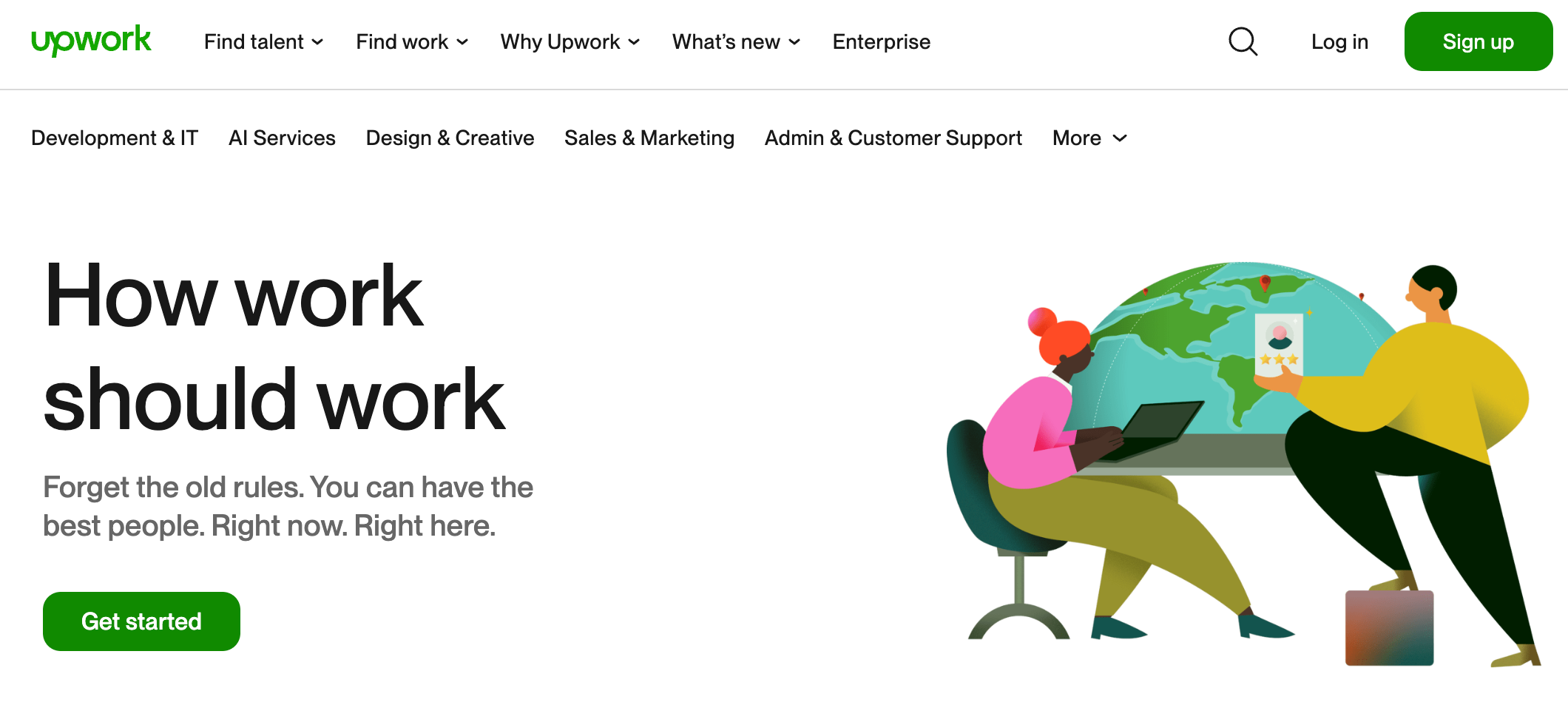
Upwork is a hugely popular platform for freelancers of all kinds, including UX designers and researchers. And for good reason! It's easy to bid on a wide variety of projects, showcase your portfolio, and connect with clients globally. Their review system also helps build credibility, so if you’ve got great relationships with previous or current clients that are happy to provide you with positive testimonials, it’ll get easier to land projects.
With millions of jobs posted annually, there's a ton of opportunities from short-term gigs to long-term contracts. However, Upwork charges a flat 10% service fee on all contracts, and competitive bidding can drive prices down.
Upwork pricing structure
As of May 2023, Upwork charges a flat 10% service fee on all freelancer contracts. Additionally, there’s a client contract initiation fee of up to $4.95 to clients for every new contract.
This fee structure simplifies billing if you’re a freelancer but can reduce your overall earnings, especially for lower-cost projects. The initiation fee can also be a minor barrier for clients initiating multiple small contracts.
2. Fiverr
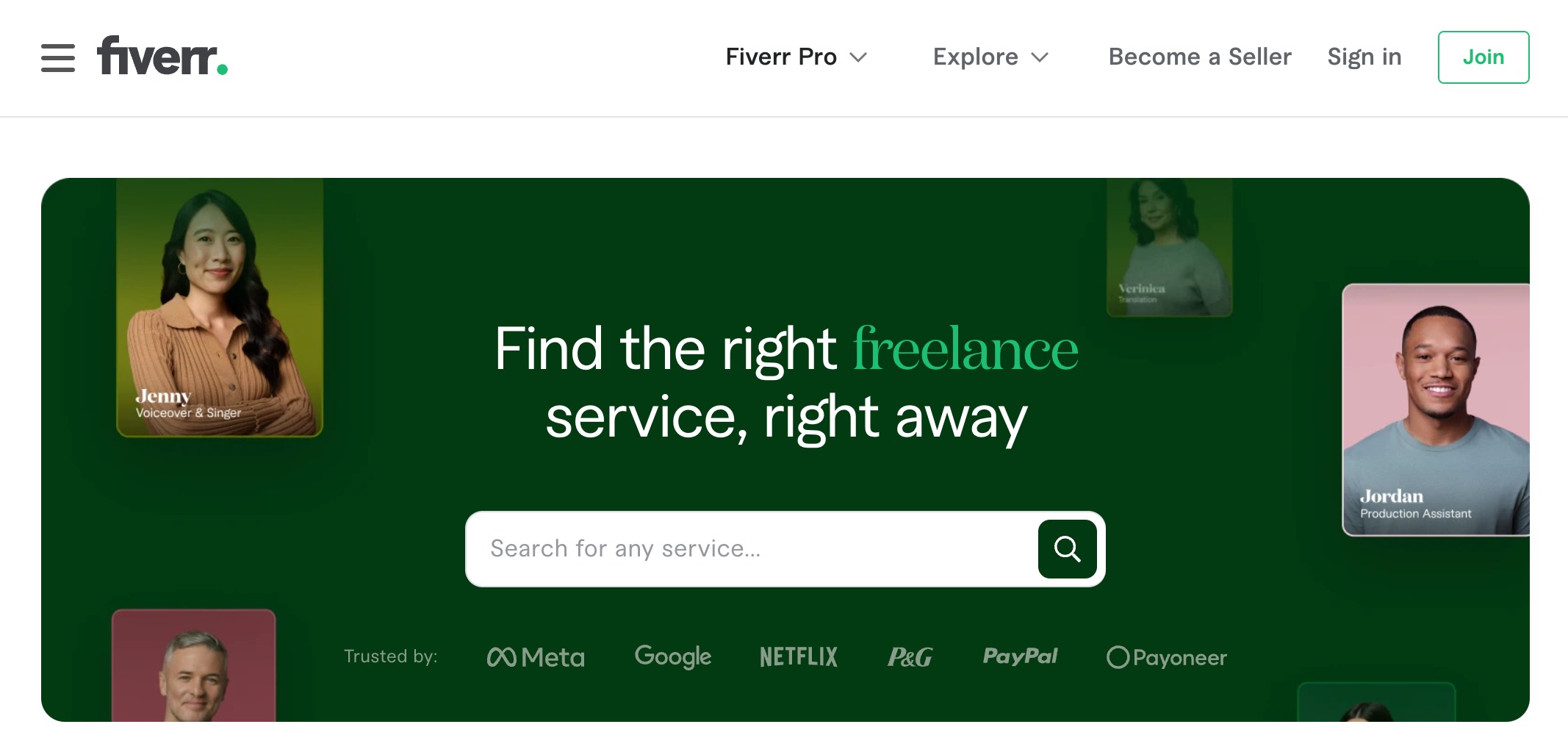
Fiverr is user-friendly (according to online reviews and from my friends who have worked as translators and part-time researchers) and allows freelancers to offer specific services or gigs with clear pricing and packages. Clients can find freelancers based on their offerings, and the platform is known for quick turnarounds, making it ideal for project-based work.
The platform also has a vast user base, which increases the chances of freelancers finding clients quickly. Fiverr’s unique gig-based structure also allows freelancers to showcase their skills in a focused manner and cater to specific client needs.
But, with so many freelancers offering similar services, it can be a bit of a jungle out there. According to Skillademia, Fiverr has over 380,000 active freelance sellers, so it can feel extra crowded.
Fiverr pricing structure
Fiverr charges freelancers 20% of each transaction. Additionally, a processing fee of 5.5% is applied to each purchase, with an extra $3 fee for orders under $100. The transaction fee applies to all earnings, including tips, so keep this in mind when pricing your services!
3. Toptal
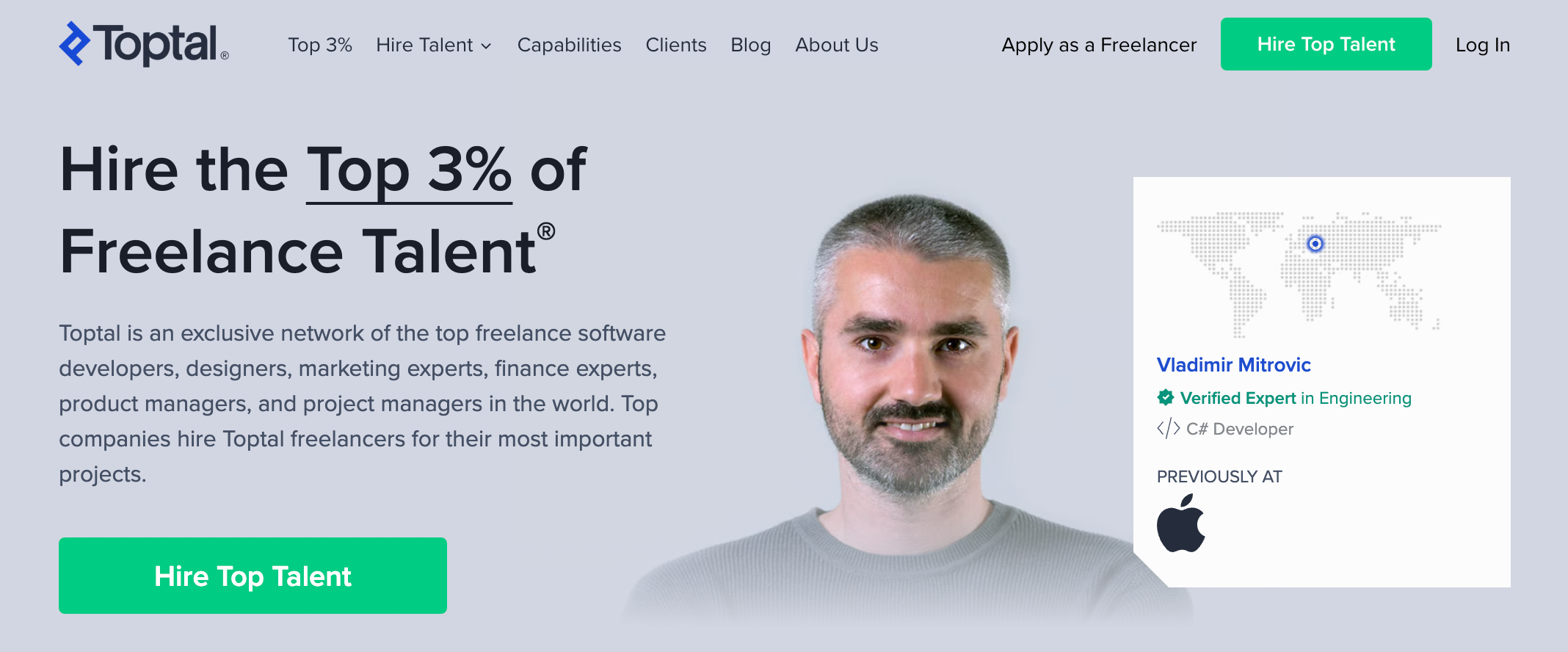
Toptal is for those who want to feel like a VIP. It's known for its rigorous screening process but gives you access to exciting, high-value projects. The platform connects you with high-profile clients and an exclusive network of top freelancers, meaning you’ll have high earning potential if you’re accepted. However, Toptal does have an intense screening process where they only let the top 3% of freelancers in, so there's some serious competition.
I’d say that Toptal is ideal for more experienced researchers and designers — but it may not be the best starting point if you're brand new to freelancing.
Toptal pricing structure
Toptal’s pricing is customized based on the project and freelancer rates, which are discussed during the hiring process.
4. Freelancer
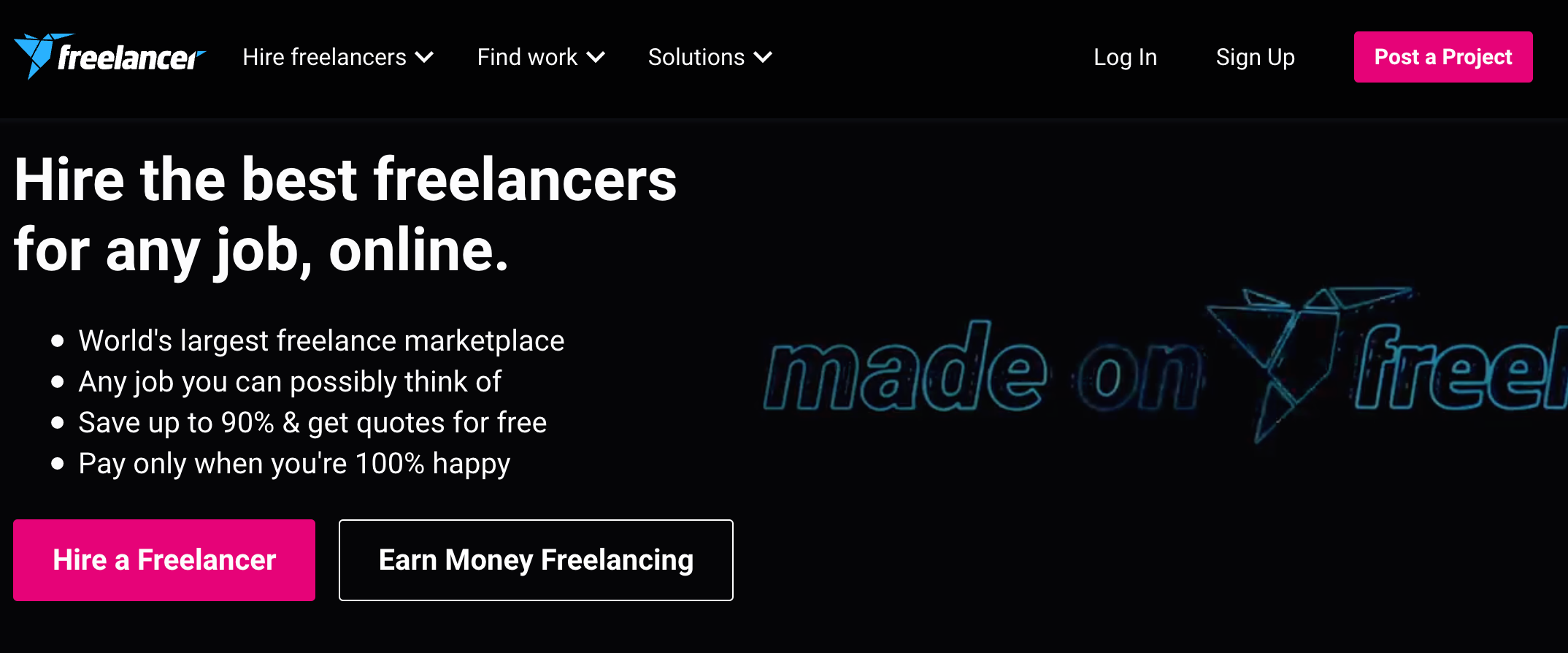
Freelancer offers a wide variety of UX projects and allows you to compete in design contests (a feature that allows you to showcase your skills). It caters to both short-term and long-term projects and provides an extensive job board, friendly user interface, and a competitive bidding system. This flexibility is ideal for those looking to work on diverse projects and build a varied portfolio.
Freelancer also includes features such as milestone payments, live chat, and a desktop app for time tracking and invoicing.
Freelancer pricing structure
Freelancer charges 10% or $5 (whichever is greater) for fixed-price projects and 10% for hourly projects. So, if you have a project worth less than $50, you’ll pay a $5 fee. For pricier projects, the 10% fee applies. The same 10% fee applies to hourly projects, which can impact your overall earnings.
These fees are deducted from the freelancer's earnings, which means it’s necessary to price your services appropriately to account for these deductions. If you’re interested though, membership plans can offer you benefits like more bids per month and better visibility on the platform.
5. Behance
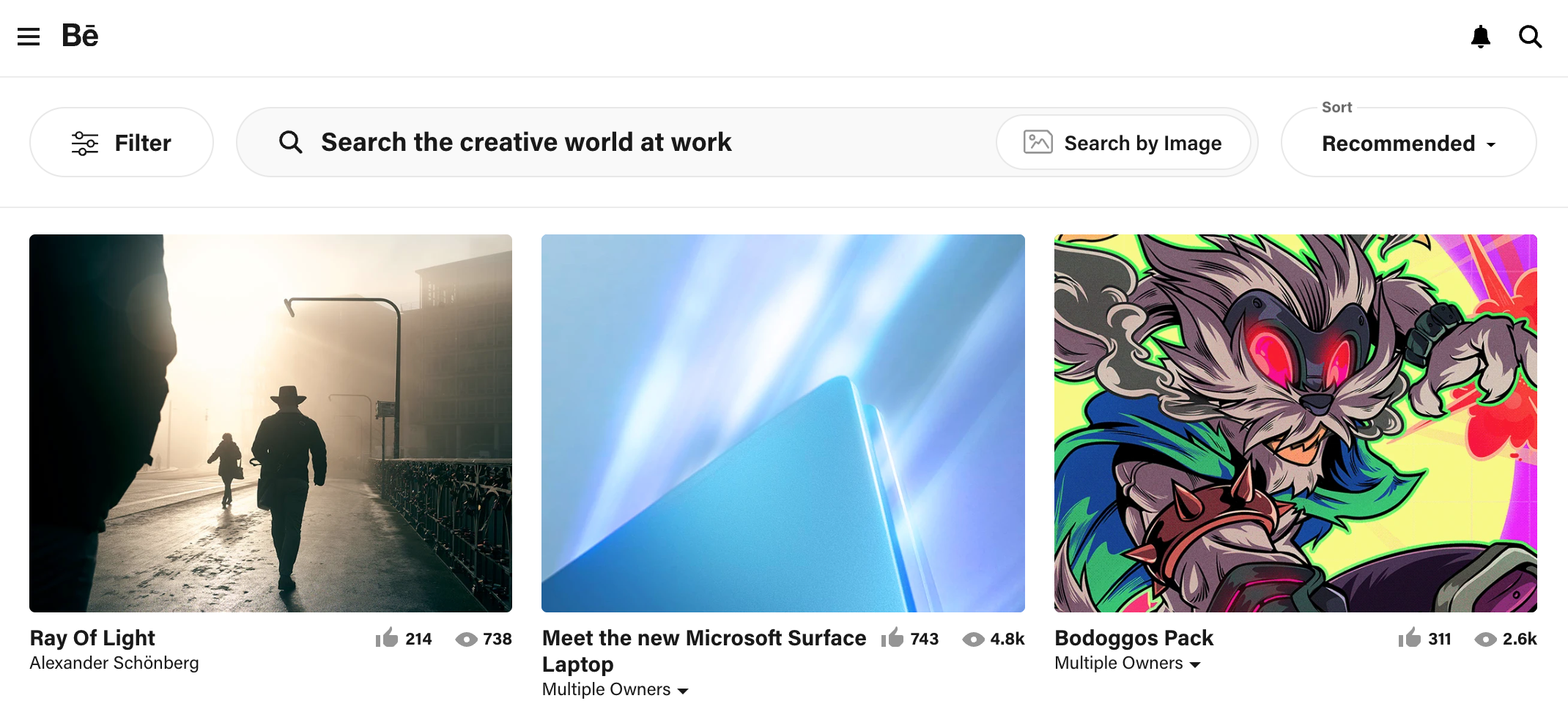
Behance is primarily a portfolio platform but also serves as a job board where clients seek talented designers like yourself! A well-curated Behance profile can attract clients looking for top-notch UX work, and it’s a great place to draw inspiration and network with other designers.
Behance is ideal for showcasing portfolios, especially because you can integrate it with Adobe Creative Cloud. However, it offers limited direct job applications and requires a strong portfolio for you to stand out.
Behance pricing structure
Behance is free to use for showcasing your portfolio (woohoo!), but there are subscription options for additional features.
6. Dribbble
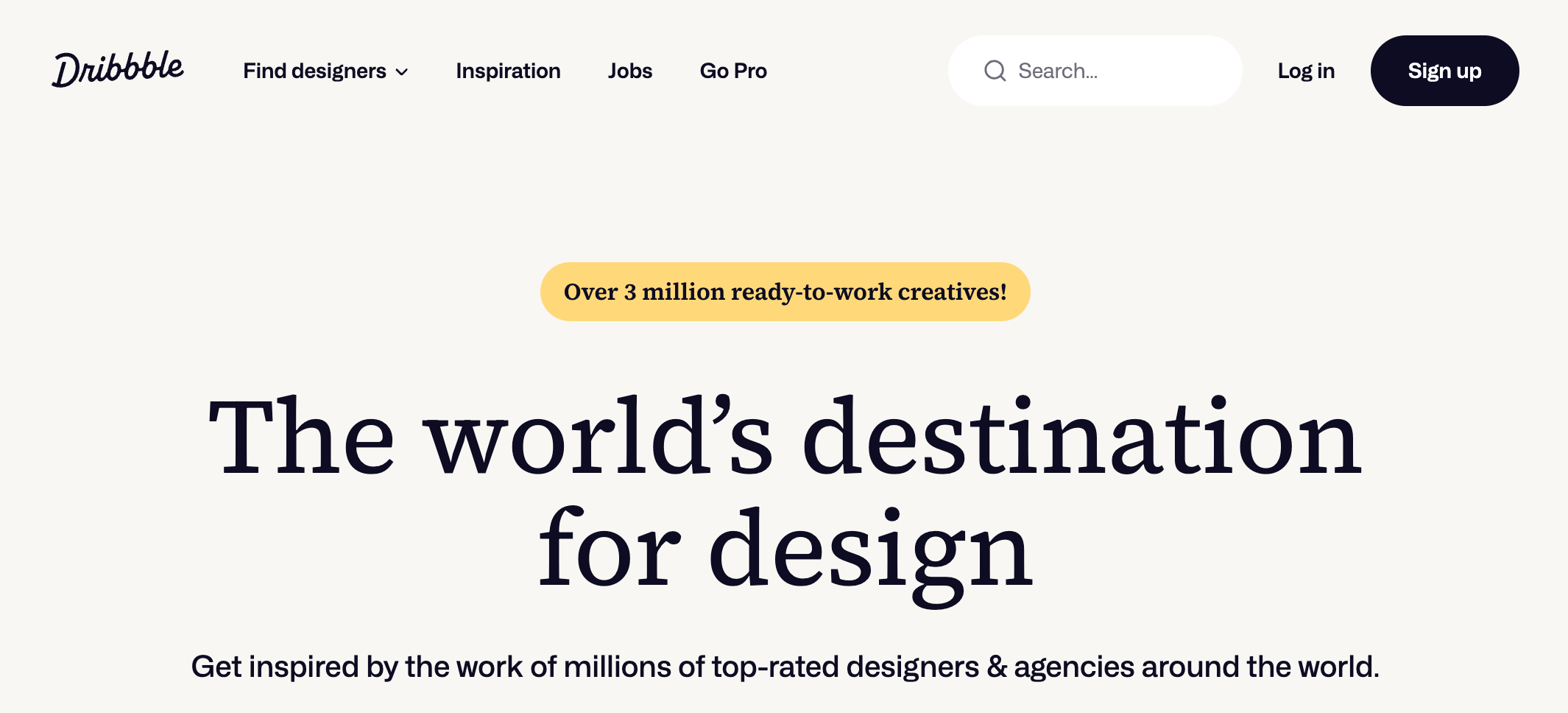
Dribbble is a popular platform for showcasing UX portfolios and finding freelance opportunities. The vibrant community of designers and other UX professionals makes it a great place to get noticed and network. It’s exclusively for contract work, so you can find gigs that fit your schedule.
However, it has a subscription fee for job board access, and there is high competition among designers.
Dribbble pricing structure
Dribbble's Pro plan is designed to help you grow your design business by providing additional features to make your profile stand out. This plan is billed annually at $8 per month.
For more extensive features, Dribbble offers the Pro Business plan, which costs $20 per month or $180 per year. This plan includes access to the job board and other premium features designed to help you find and secure freelance work more effectively.
7. Working Not Working
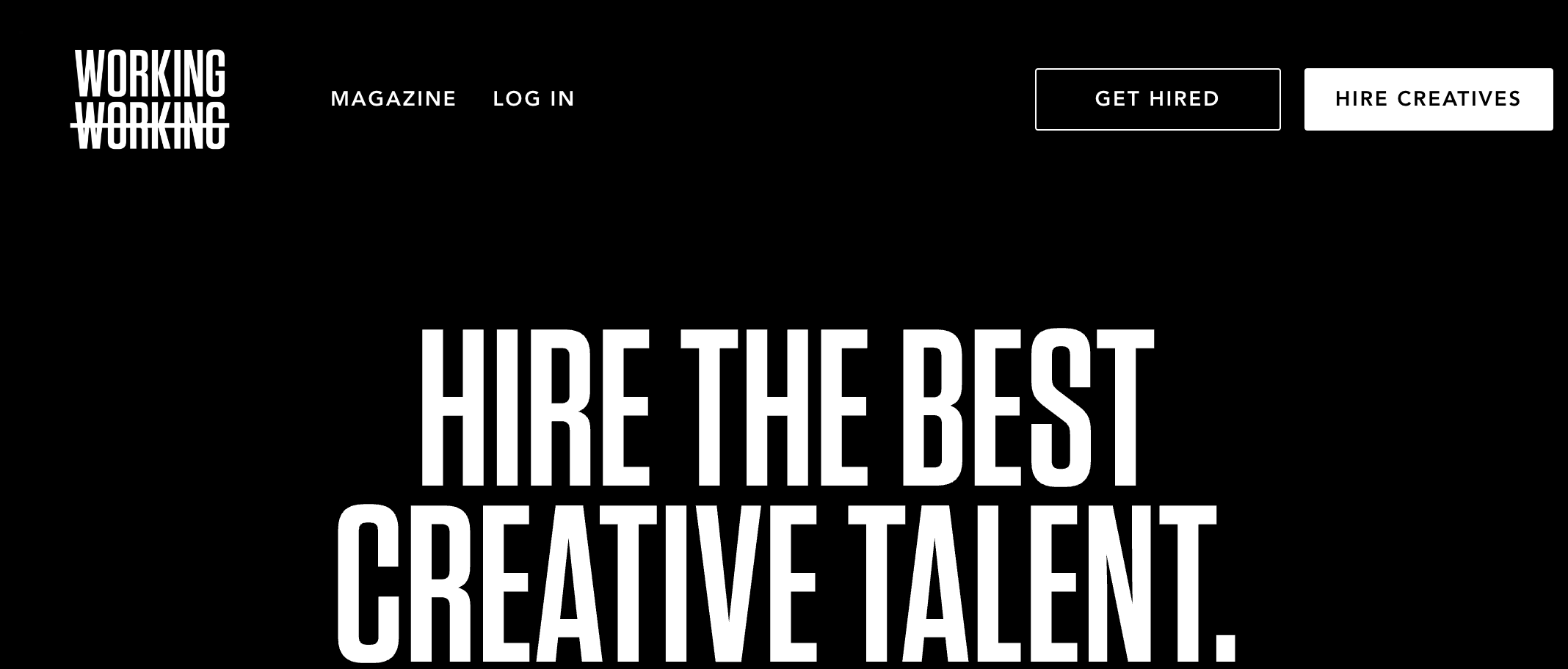
Working Not Working is a curated community of freelancers where top companies and agencies find the best talent. It’s popular among creative professionals seeking high-quality gigs with top-tier clients and innovative projects.
But like Toptal, it’s limited to high-tier freelancers and can be difficult to get noticed without a strong portfolio.
Working Not Working pricing structure
Working Not Working offers free membership for freelancers, with premium options for additional visibility and features.
8. We Work Remotely
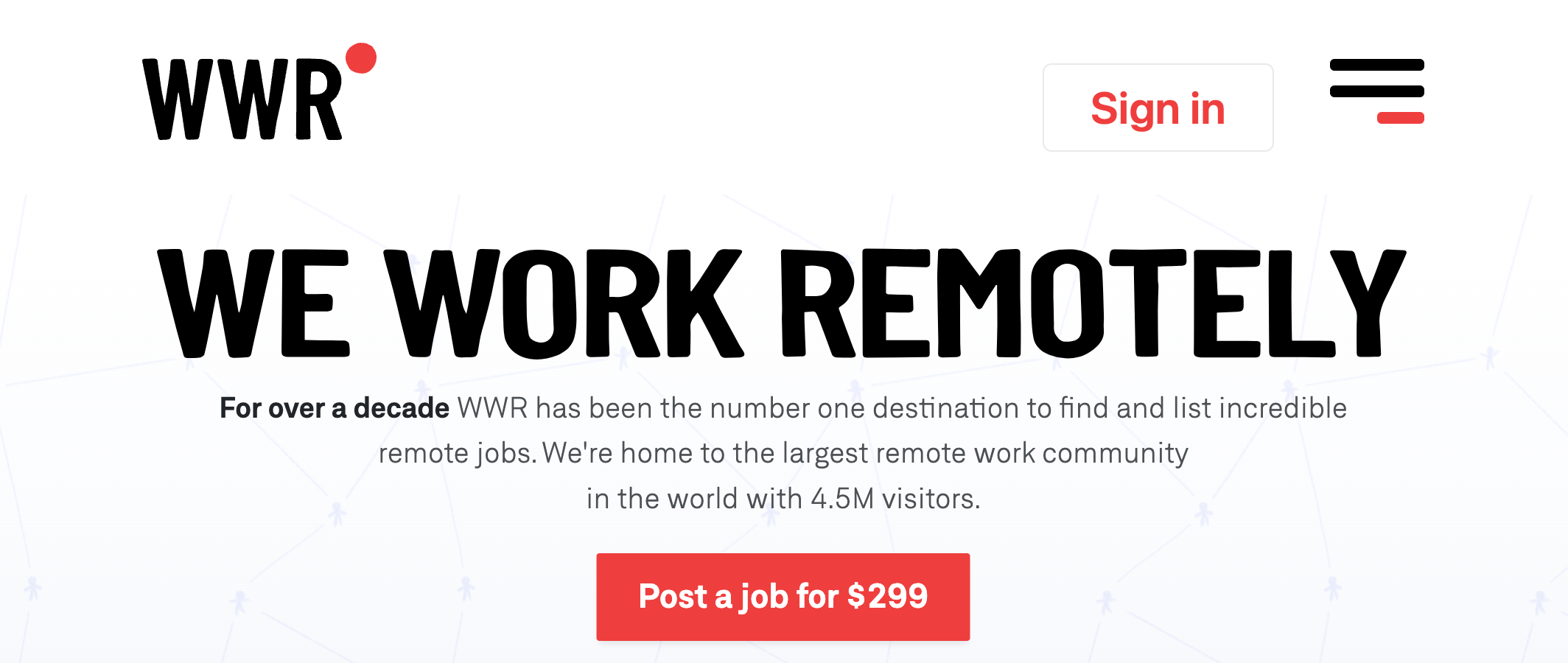
We Work Remotely has tons of freelance UX opportunities with (surprise surprise) a focus on remote work. It’s a straightforward job board that connects freelancers with companies looking for remote talent.
However, it doesn’t offer built-in freelancer protection, and job postings can be competitive.
We Work Remotely pricing structure
We Work Remotely charges employers to post jobs, but it's free for freelancers to apply. Employers pay $299 per job post, which can make it a bit exclusive in terms of the types of companies posting positions, often leading to higher-quality job listings.
9. PeoplePerHour
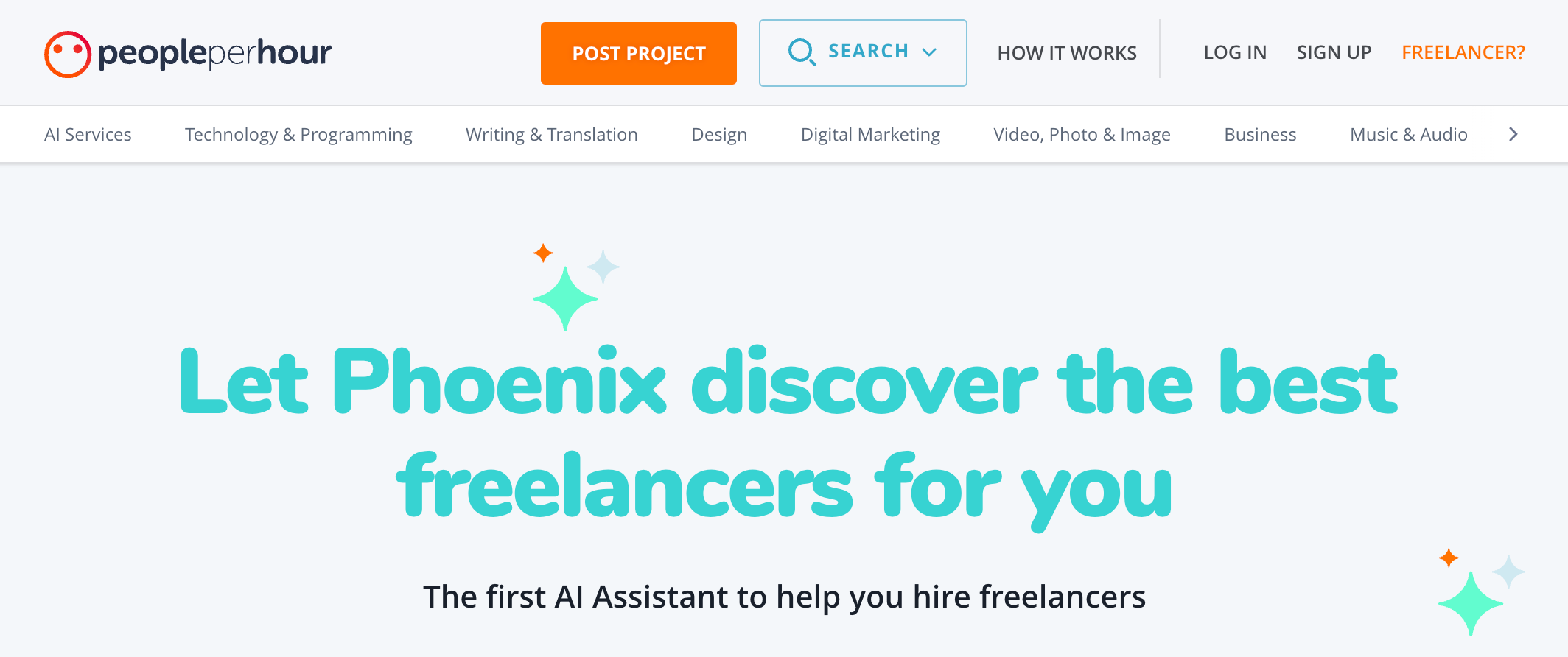
PeoplePerHour connects freelancers with clients on an hourly or per-project basis, offering flexible work hours and diverse project types. The platform provides tools for project management, invoicing, and communication. Freelancers can set their own rates and showcase their skills through detailed profiles and project portfolios.
On the other hand, service fees can be high if you’re a new freelancer, and the payment structure can be complex (see below).
PeoplePerHour pricing structure
PeoplePerHour charges freelancers a service fee ranging from 20% to 7.5%, depending on the lifetime earnings with each client. The more you earn with a client, the lower the service fee percentage. New freelancers start with a 20% fee, which decreases as their total billings with a client increase.
10. Guru
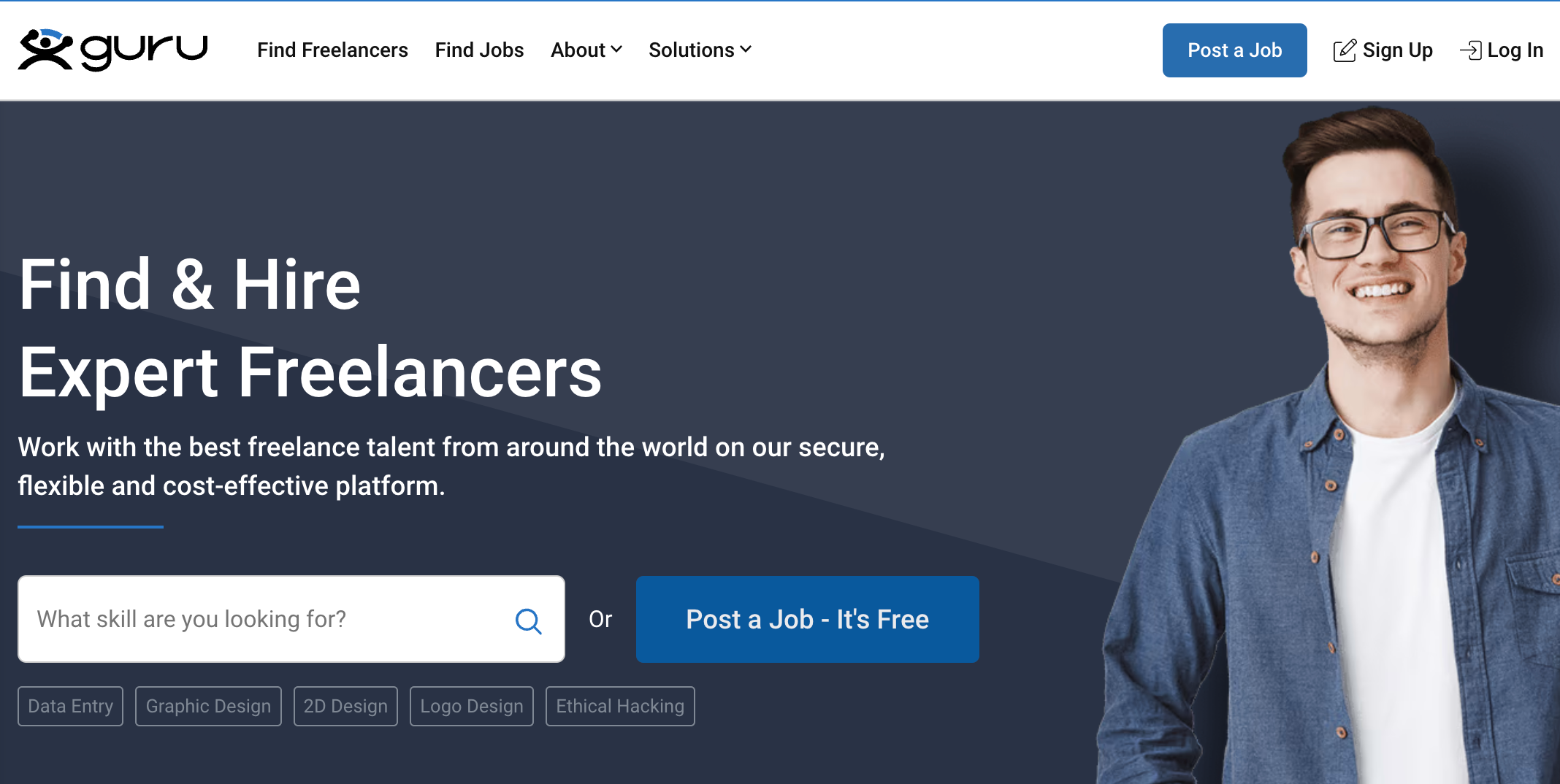
Guru is another space to showcase your skills and find clients who need your expertise, with a WorkRoom feature to manage projects, payments, and communication. The platform is designed to cater to various types of freelance work, including UX design and provides tools to help you manage your projects efficiently.
Guru’s strong community of professionals and reliable payment system make it a popular choice for freelancers. The WorkRoom feature is also particularly useful for managing multiple aspects of your projects in one place, from communication to payments. However, service fees can be high, and the marketplace is competitive, so you’ll absolutely need a well-crafted profile to get noticed.
Guru pricing structure
Guru charges a sliding fee based on your membership plan and earnings, ranging from 5% to 9%. These fees are deducted from your earnings, so it’s key to account for them when pricing your services. If you’re interested, Guru offers several membership plans that can reduce the fees and provide additional benefits like increased visibility and more bids per month.
Conclusion
I hope this list helps you find the best place to pitch your UX freelance services. Each platform has its unique strengths, so explore them, find your niche, and start landing those gigs!
And don't forget, using all-in-one UX tools like UserBit can help you manage your projects more efficiently and stay on top of your game. 😉


